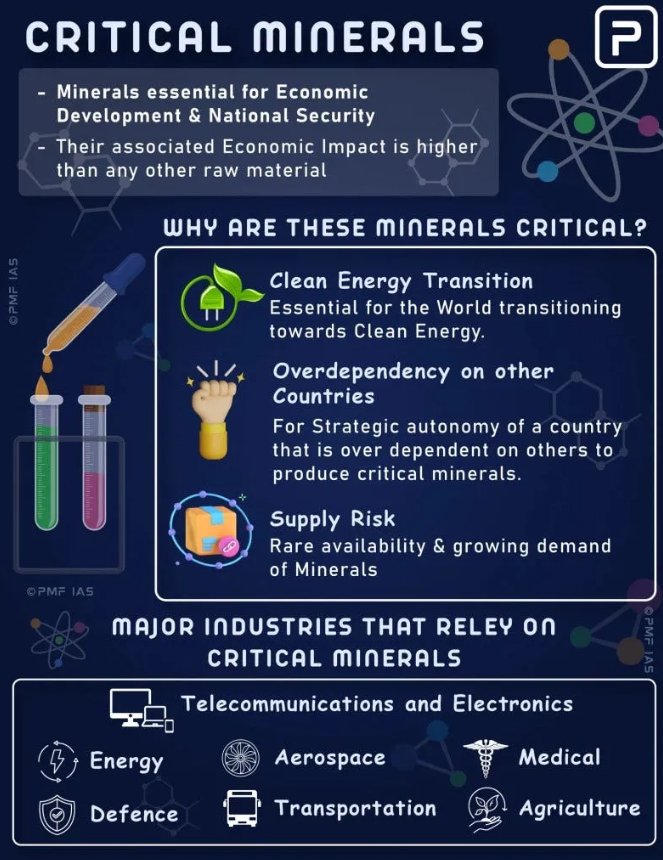“If there is energy, there is development,” says a coffee buyer in Colombia.
Years of conflict have led to significant underdevelopment in rural and hard-to-reach communities in Colombia. Many of these communities struggle to access a reliable, affordable, and sustainable source of energy, which negatively affects their quality of life and economic prospects. Even when there is political will to help, local governments face challenges in providing energy, and the private sector has largely lacked interest in these investments due to high costs, risks, and consumers’ inability to pay for the services.
To address this multitude of interrelated challenges, USAID’s Mission in Colombia launched the Energy for Peace (E4P) program, which aims to provide reliable, low-cost, and sustainable renewable energy to increase productivity in communities that are key to the implementation of the Peace Accords. USAID believes that providing energy to these off-grid communities will generate sustainable economic and social development over time.
The program will begin with five communities with significant producer clusters located within PDET municipalities–marginalized territories particularly affected by conflict and poverty and the focus of the Colombian government’s Territorially Focused Development Programs. (PDET is the Spanish acronym.) Around 30% of the population in PDET areas lives in poverty, and energy poverty is eleven times higher in rural areas than Colombia’s urban centers. The dominant source of energy in rural areas is diesel, which is both financially and environmentally unsustainable.
Co-creation of E4P
To support Colombia’s climate and energy goals, especially in PDET municipalities, USAID developed E4P as a holistic approach to address energy access and economic development. USAID Colombia engaged the INVEST initiative to help design and implement a blended finance model based on the use of USAID resources to leverage private investment and experienced energy operators to ensure long term sustainability.
In April 2023, USAID announced a Global Development Alliance (GDA) process to invite potential private sector energy partners to co-create and implement a jointly funded portfolio of PDET solar energy projects. The alliance selected to implement E4P in partnership with USAID includes some of Colombia’s biggest energy suppliers and operators: ISA will serve as the main energy partner for implementation, with Ecopetrol and Suncolombia as co-investors that will facilitate stakeholder relationships and oversee engineering and operations.
The final agreement combines $6.5 million in funding from USAID with an equal amount from ISA to build a portfolio of five E4P sites and support producers in key value chains, including coffee, cocoa, fish, and honey.
Image

Development Impact
Ultimately, the E4P alliance is expected to provide sustainable electricity for almost 8,000 people across the target off-grid communities in Colombia. It will provide necessary energy for producers, grouped into six producer clusters, ultimately boosting the local economy by $6 million. USAID hopes that the E4P model will also create stronger connections to markets for producers and upskill the workforce.
Increased energy access will also benefit households. Families will be able to use domestic appliances that reduce the time spent on care work. Since these tasks disproportionately fall to women, it will also reduce gender inequalities. The program will allow homes to replace cooking fuels, reducing respiratory risks. Increased lighting to study and access to digital learning resources can also improve education outcomes.
Finally, the transition to solar energy is expected to cut greenhouse gas emissions by 90 metric tons of carbon dioxide a year, contributing to Colombia’s energy transition.
With the E4P alliance established, USAID now hopes to convene other donors and aid agencies to create a pooled funding mechanism to finance selected energy projects among a database of over 18,000 proposals. This collective funding approach encourages donors to find greater synergies across their portfolios of work in Colombia, maximizing the impact return on their development contributions.
Lessons Learned
USAID Colombia believes that the E4P model can serve as a useful case study for other USAID Missions or members of the development community interested in exploring the potential of blended finance to leverage private sector investment for their development objectives, whether in energy or beyond. To that end, INVEST developed a learning brief that details the design process spearheaded by USAID Colombia, highlighting the critical components of the blended finance model’s success.
The brief describes the challenge, the E4P approach and co-creation process, the economic model and viability, and the development impact. It concludes with a call to action for other donors to seize the opportunity to scale the blended finance model.
In sharing these learnings, USAID hopes that the E4P experience can showcase to energy companies, public agencies, investors, community leaders, and donors the transformative potential that can occur when donors leverage private investment towards common development goals.
Source link : View Article
Author
-

Natalie Alm is a communications advisor for the USAID INVEST project at DAI (Development Alternatives, Inc), with over a decade of experience fostering collaboration and partnership between the public and private sectors.



